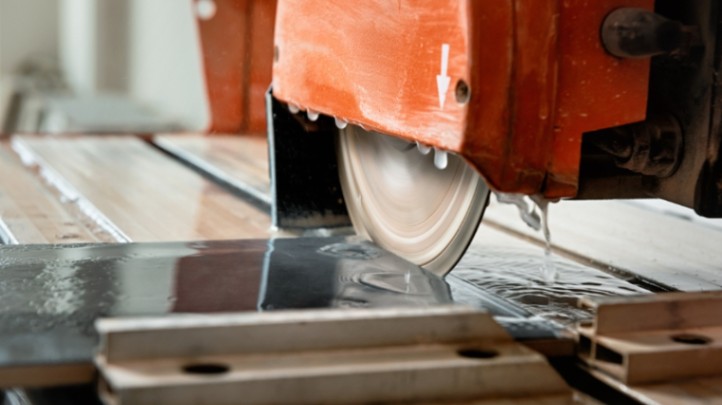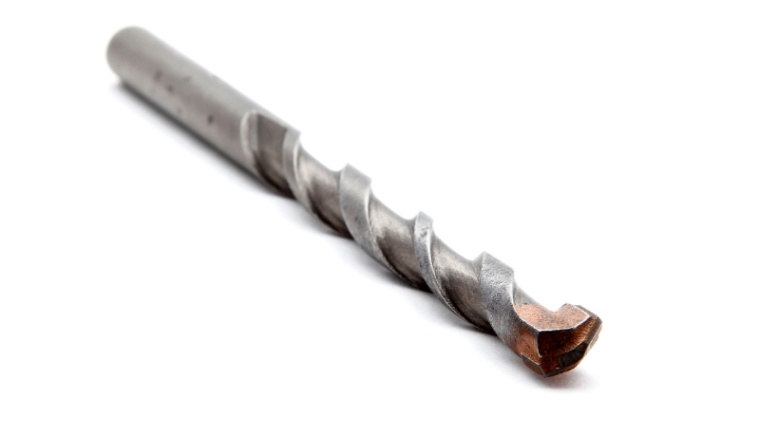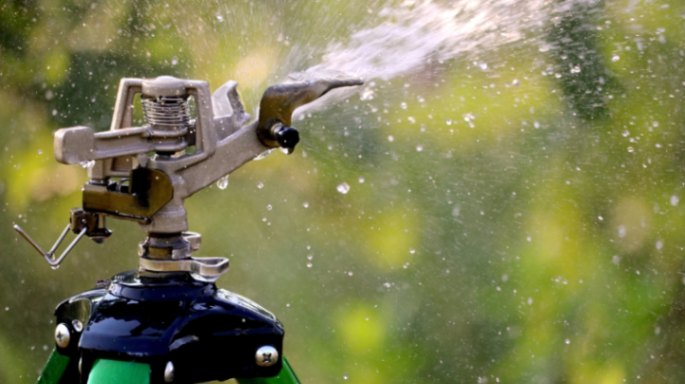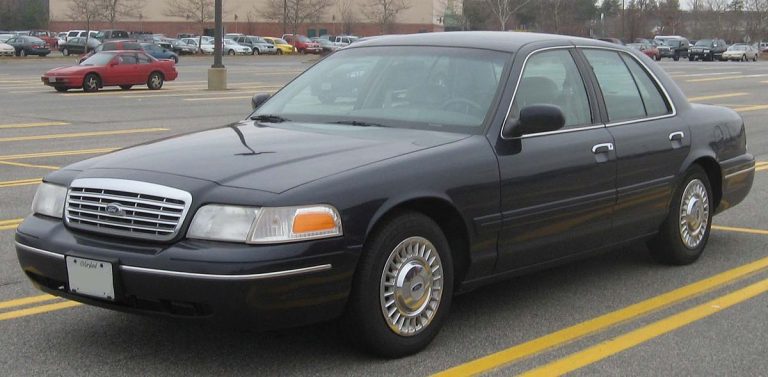Drilling through cast iron can be challenging, especially if you need the right tools and techniques. Cast iron is a dense and brittle material that can easily break, crack, or become overheated during drilling. However, with the right approach and some simple tips, you can quickly drill through cast iron like a pro. In this article, we’ll share some valuable tips for drilling cast iron that can help you achieve success in drilling cast iron.
Understanding Cast Iron
Before we dive into the tips, it’s essential to understand a bit about cast iron. Cast iron is a strong and durable material commonly used to manufacture pipes, valves, cookware, and other industrial applications. Cast iron is made by melting iron and adding alloying elements such as carbon, silicon, and manganese. The resulting material is poured into a mold and cooled, creating a strong and rigid structure.
Get the Job Done Right: 7 Tips for Drilling Cast Iron
Tip 1: Choose the Right Drill Bit
The first and most important tip for drilling cast iron is to choose the right drill bit. High-speed steel (HSS) drill bit is the best option for drilling cast iron. HSS drill bits are made from a combination of carbon steel and other alloys, which make them strong and durable. They also have a high resistance to heat, which is essential when drilling through cast iron.
Tip 2: Use Lubrication
Lubrication is another crucial factor when drilling cast iron. Without proper lubrication, the drill bit can overheat and cause the material to crack or break. To avoid this, use a high-quality lubricant such as cutting oil or drilling fluid. Apply the lubricant to the drill bit and the surface of the cast iron before drilling. This will help to reduce friction and keep the temperature under control.
Tip 3: Use a Slow Speed
When drilling cast iron, it’s essential to use a slow speed. High-speed drilling can cause the material to become overheated, leading to cracking or breaking. Use a slow speed and apply gentle pressure to the drill bit. This will help to reduce the heat and prevent damage to the material.
Tip 4: Use the Right Technique
The technique used for drilling cast iron is also essential. To avoid damaging the material, start drilling with a small pilot hole. Once the pilot hole is established, gradually increase the size of the drill bit until the desired diameter is reached. Always apply gentle pressure and avoid forcing the drill bit into the material. This can cause the material to crack or break.
Tip 5: Use a Backing Plate
A backing plate can also be helpful when drilling through cast iron. A backing plate is a piece of metal placed behind the drilled material. This helps to provide support and prevent the material from cracking or breaking. To use a backing plate, place it behind the cast iron and drill through both the material and the backing plate.
Tip 6: Cool the Material
Cooling the material is another essential tip for drilling cast iron. To prevent overheating, use a coolant spray or a stream of water to cool the material as you drill. This will help to reduce the heat and prevent damage to the material.
Tip 7: Wear Protective Gear
Finally, it’s essential to wear protective gear when drilling cast iron. The drilling process can create metal shavings and other debris that can be dangerous if they get into your eyes or skin. Always wear safety glasses, gloves, and other protective gear when drilling through cast iron.
FAQ
- What type of drill bit should I use for drilling cast iron?
It would be best to use high-speed steel (HSS) drill bit to drill cast iron.
- Can I use water as a lubricant for drilling cast iron?
Yes, you can use a stream of water as a coolant to cool down the material while drilling.
- Can I use a hammer drill for drilling cast iron?
It’s not recommended to use a hammer drill for drilling cast iron, as the high speed and impact of the hammer can cause the material to crack or break.
- How do I prevent the drill bit from slipping on the surface of the cast iron?
To prevent the drill bit from slipping, use a center punch to create a small indentation on the surface of the cast iron before drilling.
- Can I use a carbide drill bit for drilling cast iron?
Carbide drill bits are not recommended for drilling cast iron, as they can be too brittle and break easily.
Conclusion
Drilling through cast iron can be daunting, but with the right tools and techniques, it can be done successfully. Remember to choose the right drill bit, use lubrication, drill
slowly, use the proper technique, use a backing plate, cool the material, and wear protective gear. By following these tips, you can ensure a successful drilling experience without damaging the cast iron.





